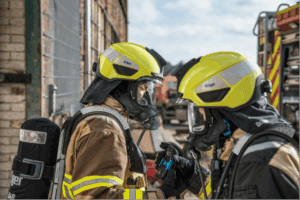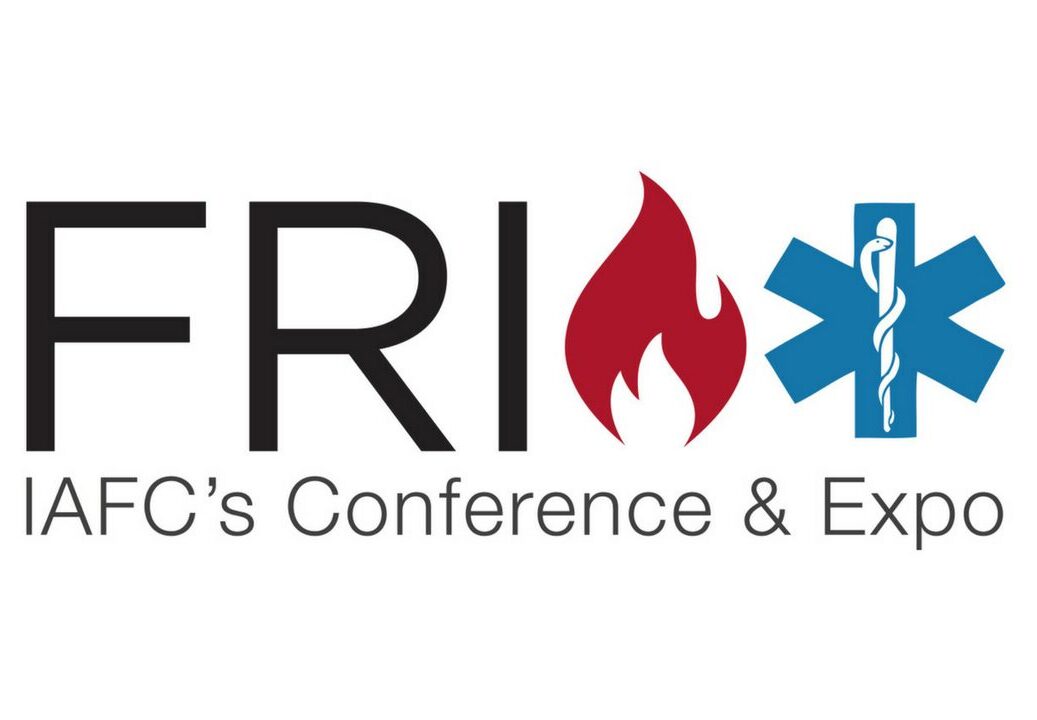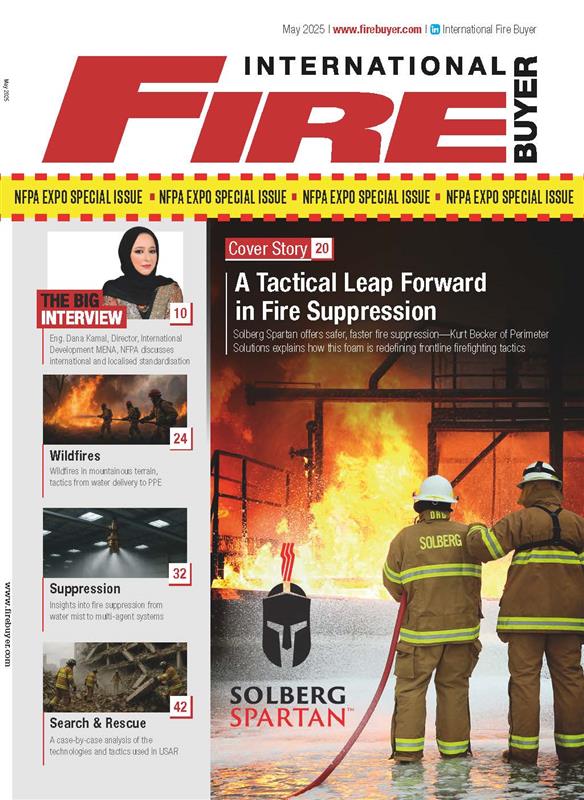Euralarm’s Task Group False Alarms has released a second edition of the study on false fire alarms in Europe.
In this new edition the results and findings of the first edition have been enhanced by the analysis of the situation in Denmark and a recommendation is done for the terms that are used to describe false alarm related situations. Also the measures to reduce the amount of false alarms have been updated while newer content has been added.
Background on automatic fire detection
Over the past seventy years the use of automatic fire detectors has increased year on year into every kind of infrastructure. The application of the automatic fire detection technology has made early detection of fires the norm, at least in commercial and industrial buildings. Building occupants can safely evacuate, and intervention forces gain precious time to stop the fire from growing. As with any early warning system, there can however be times when an alarm is triggered, even though there is no event; a false positive (“false alarm”). Detecting phenomena such as smoke and heat is quite simple for the detection systems. The true challenge for any fire detection and fire alarm system designer or service engineer is getting the right balance of detection and alarm between as “early as possible”, and as “early as needed”.
Alarm reliability
Modern detectors are much better at tuning into a real event whilst ignoring false events. Compared to former threshold type detectors, this has significantly reduced the number of false (or unwanted) alarms by at least two thirds. But technology alone cannot eliminate false positives. Other key factors must be considered to increase the overall “alarm reliability” of a fire detection and fire alarm system. These are design, commissioning, and maintenance. If these are overlooked, then the alarm reliability degrades, and the system will not meet its intended purpose of protecting lives and property. As the building use is adapted to the needs of the occupants, so must also the design and maintenance be accordingly adapted, to secure the alarm reliability.
Fire services capture the information on the cause and location of fire alarms during their intervention. It is the responsibility of the building owner or operator to discuss false activations with their fire alarm system supplier and service provider. In doing so, recommendations can be made that even heighten the quality of the system. “The origin of false alarms usually begins with the attention of the building management and extends from the planning to the maintenance of fire detection and fire alarms systems. The reduction in false alarm rates in the countries shows that we are on the right track, but that this is exactly where we need to start in order to further reduce false alarms “, according to Sebastian Festag, head of the study.
To read more exclusive features and latest news please see our June issue here.
Media contact
Rebecca Morpeth Spayne,
Editor, International Fire Buyer
Tel: +44 (0) 1622 823 922
Email: [email protected]




































